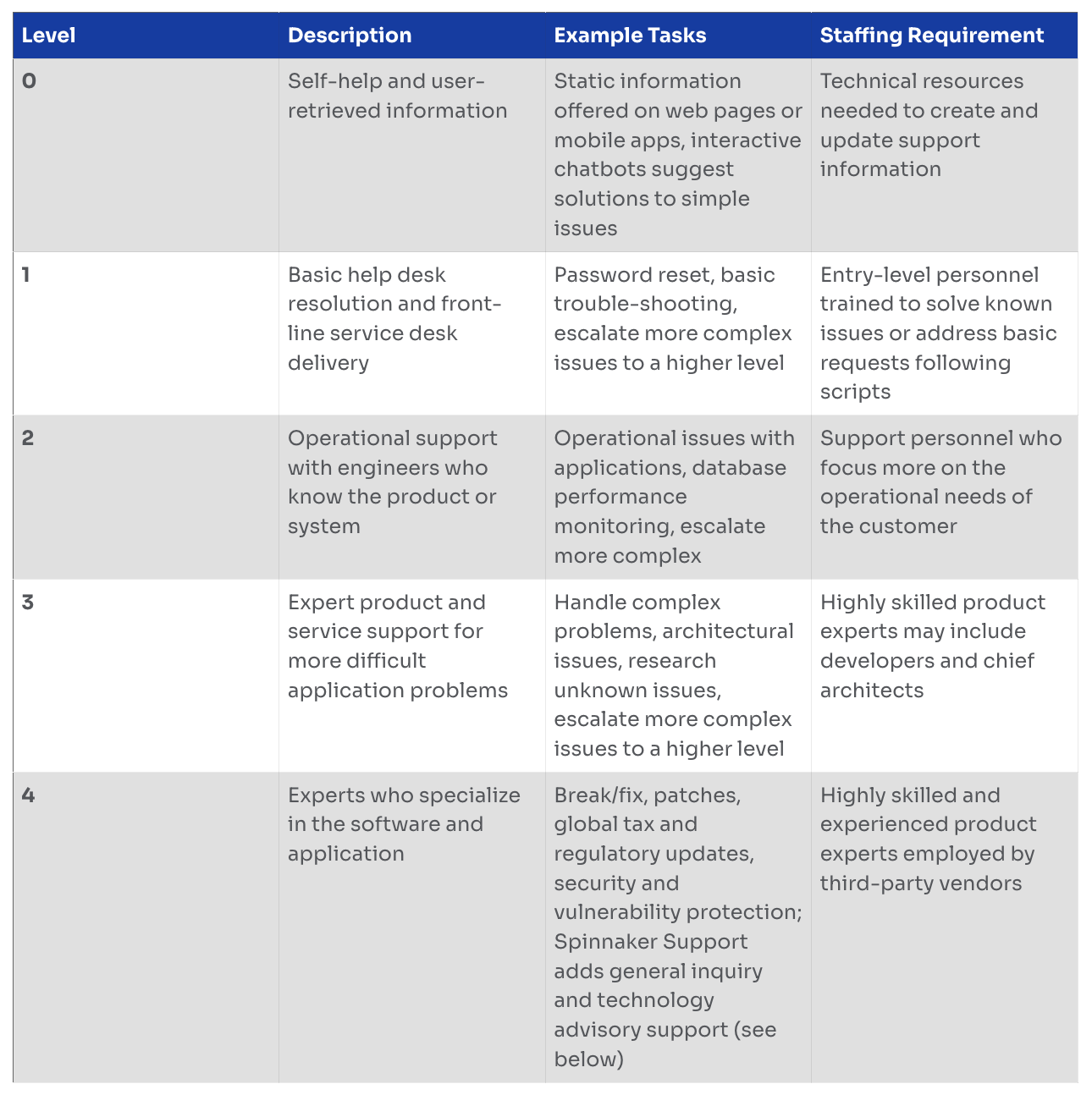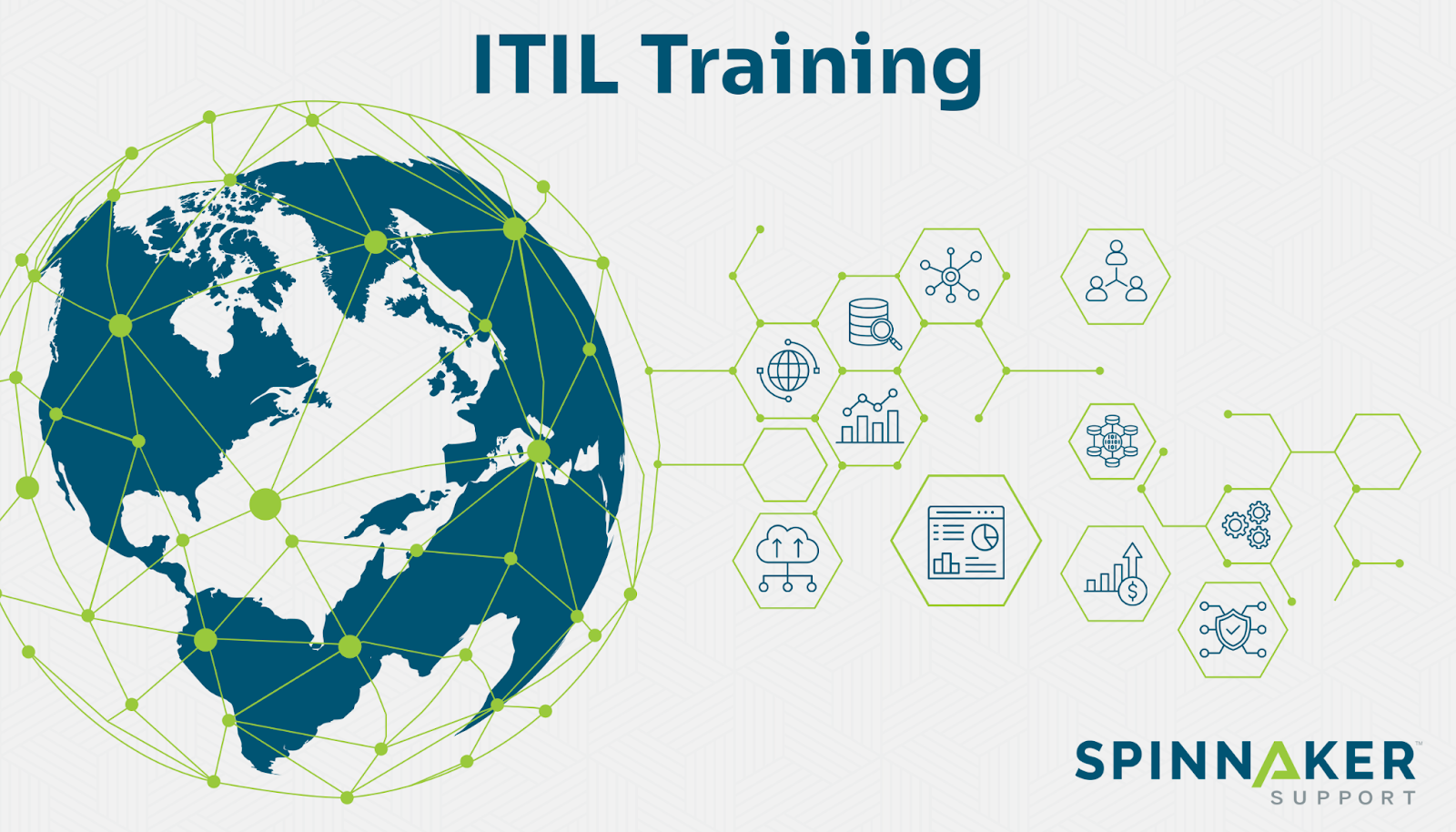
Companies are increasingly investing in digital transformation to streamline processes and deliver better customer experiences. However, these initiatives will only gain traction within a robust IT service management (ITSM) framework.
This is where Information Technology Infrastructure Library (ITIL) comes in — an ITSM framework that lays out industry best practices for delivering IT services to customers and users. By learning ITIL, you can help your company create a more agile IT environment and become an invaluable team member.
In this article, we’ll explain what ITIL is and the benefits of ITIL training. We’ll also dive into each of the ITIL certification levels. Finally, we’ll look at how you can get access to ITIL-trained professionals — without having to upskill your team.
What is ITIL?
ITIL stands for Information Technology Infrastructure Library. It outlines industry best practices for delivering and managing IT services. The goal is to help organizations create a stable and predictable IT environment that supports their business objectives.
Recognizing the growing importance of IT, the UK government’s Central Computer and Telecommunications Agency (CCTA) developed the first version of ITIL in 1989. The framework has undergone several revisions and is now in its fourth iteration.
ITIL V4 introduces four dimensions of ITSM:
- Organizations and people: Focuses on the structure and culture of the organization, as well as the roles and responsibilities of the people delivering IT services.
- Information and technology: Encompasses the technology necessary to deliver and manage IT services, including infrastructure, applications, and tools.
- Partners and suppliers: Covers the relationships with external partners and suppliers you rely on to deliver your own services.
- Value streams and processes: Encompasses the processes that allow you to deliver value to your customers and users.
These dimensions work in tandem to help organizations deliver IT services that align with their business objectives and meet customers’ needs. The ITIL framework also defines different levels of IT support, ranging from troubleshooting basic issues to handling complex issues like working with legacy systems.
The table below shows ITIL support levels for enterprise software:
Companies typically have a team of Level 1 and 2 engineers to help users troubleshoot basic issues. However, they may also work with third-party support providers like Spinnaker Support to easily provide higher support levels and address issues they can’t resolve independently.
By undergoing ITIL training, you can demonstrate that you have the skills to help organizations maintain efficient delivery of IT services. The next section will cover the benefits of going through an ITIL certification training program.
Top benefits of ITIL training
As companies increase spending on digital transformation, there’s a growing need for professionals with the right practical skills to oversee these initiatives.
Here’s the value you can bring to companies as an ITIL-certified professional.
Improve IT and business alignment
An estimated 78% of organizations have adopted cloud technology in some or all parts of the business. But more than half haven’t achieved the desired outcomes, like generating more revenue or reducing costs.
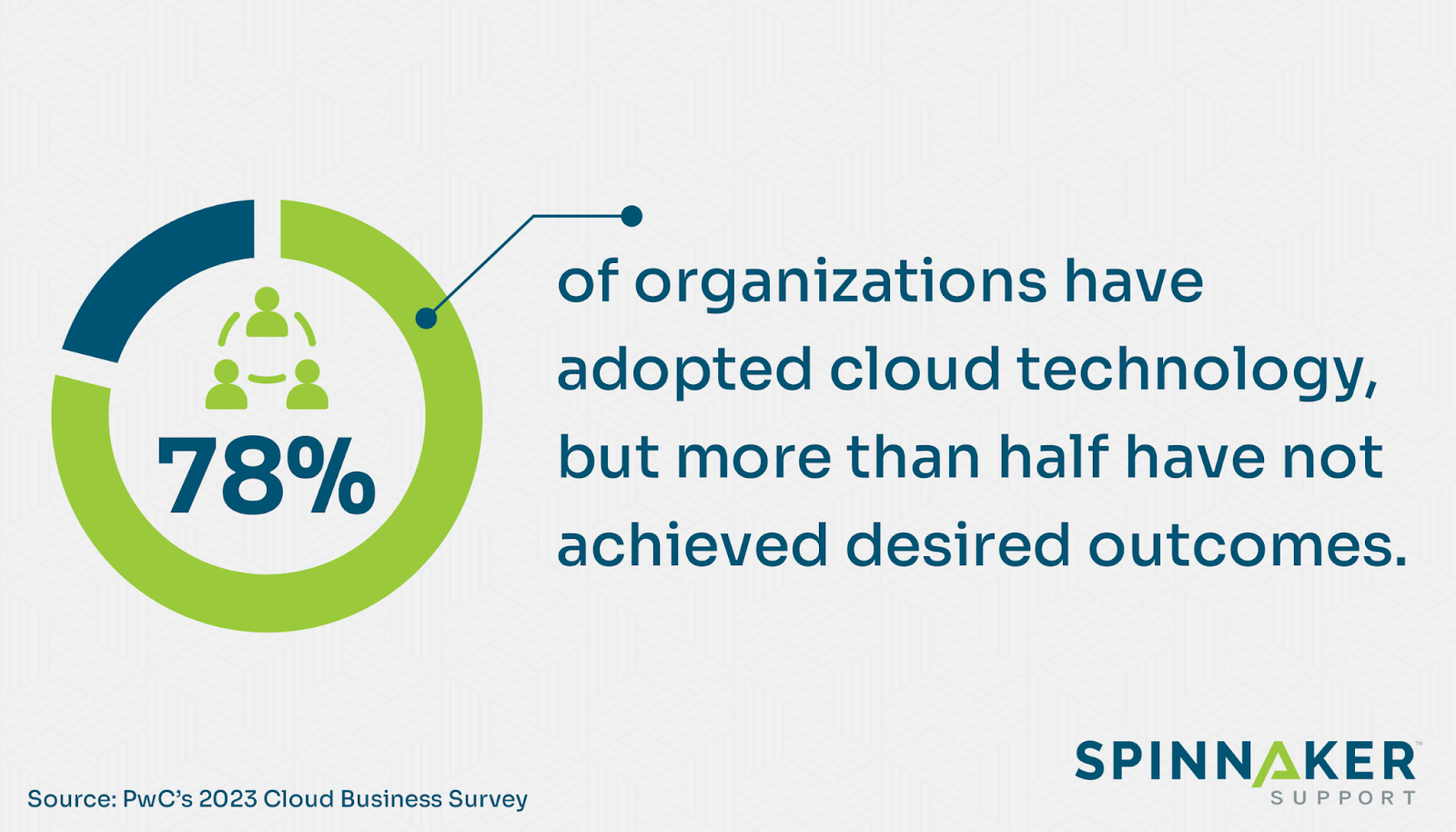
Why is this?
Because of a lack of alignment between IT and business objectives.
ITIL may not directly inform business strategies, but it can support them. For example, following a change management process according to ITIL practices can help companies implement a cloud migration strategy that is properly designed to support their goals.
Another way ITIL training can align business objectives with IT is it ensures IT professionals and relevant stakeholders “speak” the same language. This shared understanding of ITSM can help both teams set clear expectations and facilitate collaboration.
Enhance efficiency and productivity
ITIL training equips IT professionals with the knowledge to optimize IT processes and increase operational efficiency. For example, the ITIL 4 guide from Axelos Limited, an organization set up by the UK government and Capita, covers a few root cause analysis techniques.
These include:
- 5 Whys
- Kepner and Fourie
- Fault tree analysis
Individuals with ITIL training can help organizations identify and address the underlying causes of productivity issues with one of these root cause analysis techniques.
That’s not all.
Those who undergo ITIL training will learn about Continual Service Improvement (CSI) — optimizing processes to improve efficiency. They can use their skills to analyze a process and identify areas for ongoing improvement. This can include using automation tools or creating a standard operating procedure (SOP) to standardize a process.
Deliver better customer experiences
Customers are willing to reward companies that go the extra mile. 70% of consumers spend more with companies that offer personalized and engaging experiences.

ITIL emphasizes the importance of meeting customer needs and aligning IT services accordingly. ITIL training can help deliver better customer experiences by implementing an incident management process. This ensures that incidents are properly categorized and routed to the appropriate support team for resolution.
With ITIL’s incident management practices in place, IT teams can swiftly respond to an incident and follow predetermined procedures to resolve the issue. Then, they can address the root cause to prevent future occurrences.
For example, a major US airline operated Sybase ASE on Linux for years but needed to upgrade its systems to improve availability. With ITIL-centric services from Spinnaker Support, the team worked with their IT director to develop a strategy to upgrade their systems while minimizing downtime. The improved architecture of their platform has allowed them to deliver better experiences to their customers.
5 stages of the ITIL service lifecycle
When going through an ITIL training program, you’ll learn about five stages of the ITIL service lifecycle: Service Strategy, Service Design, Service Transition, Service Operation, and Continual Service Improvement.
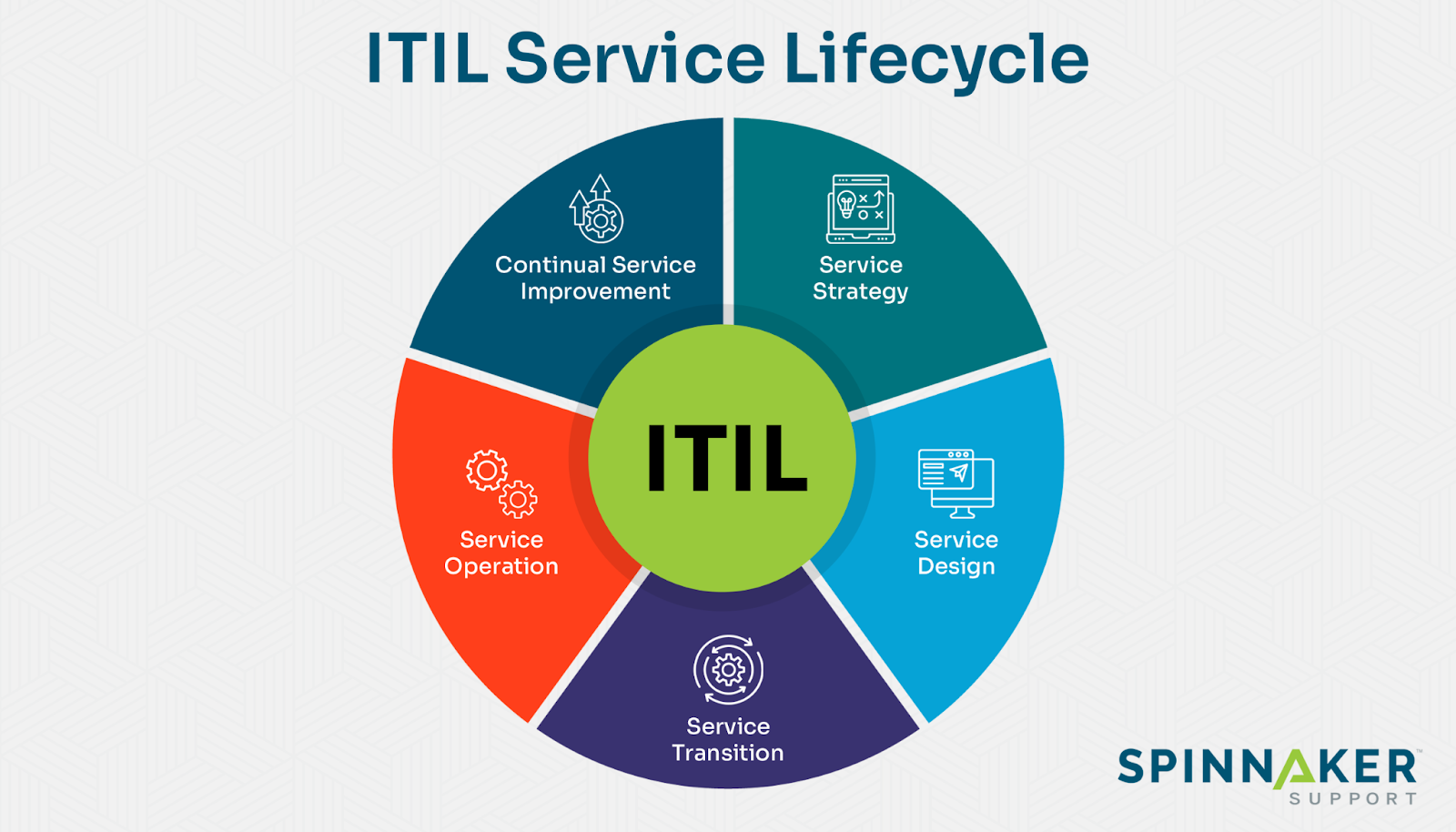
Let’s take a look at each.
1. Service strategy
The service strategy stage involves understanding the organization’s objectives and customer needs and devising strategies to deliver IT services that align with those objectives.
Fundamentals this stage include the four P’s:
- Perspective: Describes the overall strategy that an organization will follow to align its IT service to its objectives.
- Position: Refers to determining an organization’s position in the market and identifying ways to differentiate itself.
- Plan: Involves defining metrics and steps to achieve the organization’s overarching service strategy.
- Pattern: Involves identifying patterns and trends in the market and adjusting the organization’s service strategy accordingly.
2. Service design
The service design stage involves designing IT services that meet the requirements defined in the service strategy stage. An example is if an organization decides to implement a new CRM. The organization would create an implementation plan to align the CRM with its goals and requirements. This may involve determining the necessary features, integrating them with existing systems, and ensuring data security.
3. Service transition
The service transition stage ensures that new or changed services are successfully deployed. It typically involves several rounds of testing, training, and validation before it goes live. The goal is to transition services from development to production while minimizing downtime.
4. Service operation
The service operation stage involves implementing and carrying out a new IT service for users and customers. The goal is to deliver services according to agreed-upon service levels and meet user expectations.
5. Continual service improvement
The final stage involves continuously assessing and improving IT services. It includes tracking performance metrics, identifying areas for improvement, and implementing new changes to enhance service quality.
ITIL certification levels
Axelos offers ITIL certifications for those who complete the training and pass the associated exams. These include ITIL 4 Foundation, ITIL 4 Managing Professional (MP), ITIL 4 Strategic Leader (SL), ITIL 4 Practice Manager, and ITIL 4 Master.
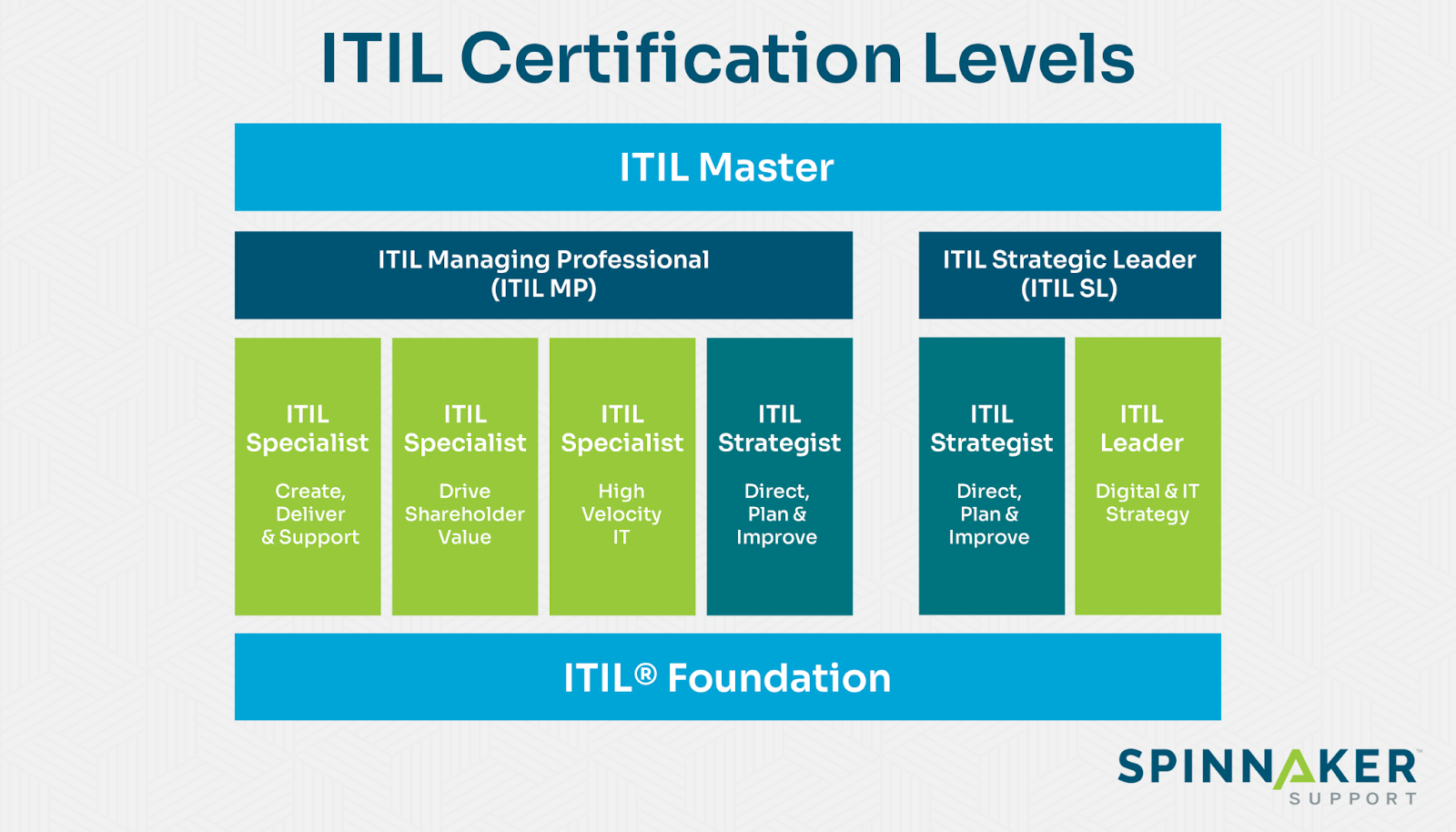
Let’s take a look at what you can expect with each certification.
ITIL Foundation
ITIL 4 Foundation starts with the fundamentals, introducing the ITIL 4 framework. It covers the following topics:
- ITIL guiding principles
- Core concepts of service management
- Four dimensions of service management
- ITIL Service Value System (SVS)
- Purpose and terms of 15 ITIL practices
ITIL 4 Foundation suits IT professionals and anyone involved in delivering and supporting IT services.
ITIL 4 Managing Professional (MP)
ITIL 4 Managing Professional gives IT professionals the skills to develop and deliver IT services. It consists of four modules:
- ITIL 4 Specialist: Create, Deliver, and Support:
- ITIL 4 Specialist: Drive Stakeholder Value
- ITIL 4 Specialist: High-Velocity IT
- ITIL 4 Strategist: Direct, Plan, and Improve
Candidates must complete all four modules and pass the associated certification exam to obtain ITIL 4 MP certification.
ITIL 4 Strategic Leader (SL)
ITIL Strategic Leader (SL) focuses on the more “strategic” aspect of ITSM. It’s designed to equip IT leaders with the knowledge to help businesses achieve digital transformation.
It consists of two modules:
- ITIL 4 Strategist Direct, Plan, and Improve
- ITIL 4 Leader Digital and IT Strategy
Candidates must pass both modules and earn passing scores to earn the ITIL 4 SL certification
ITIL 4 Practice Manager
ITIL 4 Practice Manager allows IT professionals to develop expertise in specific ITIL practices. These practices include, but aren’t limited to:
- Incident management
- Problem management
- Release management
- Monitoring and event management
- Change enablement
- IT asset management
Candidates will need to complete five individual practices and the ITIL Specialist: Create, Deliver, and Support module to earn the ITIL 4 Practice Manager designation.
ITIL 4 Master
ITIL 4 Master is the highest ITIL certification an IT professional can earn, but it’s also the hardest to achieve. It requires the following designations:
- ITIL 4 Practice Manager
- ITIL 4 Managing Professional
- ITIL 4 Strategic Leader
Unlike the other certifications that require an exam, you can earn this certification once you meet all the requirements.
As an IT professional, becoming ITIL-certified can help improve your career opportunities and even prepare you for a leadership position.
As a business leader, you need ITIL-trained professionals on your team to improve IT service delivery and implement digital transformation initiatives. In the next section, we’ll examine whether you should certify your existing team.
Is ITIL training right for your company?
Investing in ITIL training courses for your staff can equip them with the essential skills to manage IT services and enhance service quality.
However, here are some things to consider first:
- Organizational goals: Determine the objectives that your company aims to achieve. These can include improving IT service delivery, enhancing processes, or increasing customer satisfaction. ITIL training can streamline workflows to achieve those goals.
- Pain points: What pain points does your company face in ITSM? Frequent IT incidents, inefficient processes, or lack of alignment between IT and business objectives make a strong case for ITIL training.
- Employee skills: Evaluate the skills and knowledge of your IT team. What areas in ITSM do they need more expertise in? The proper ITIL training can help them fill these skills gaps.
- Industry standards and compliance: If you operate in a heavily regulated industry or are subject to governmental mandates, providing your team with ITIL training can help ensure your company complies with regulatory standards.
Of course, only some companies have the resources to invest in ITIL training for their team. So, how can you get help from ITIL-trained professionals?
Consider working with a third-party support provider like Spinnaker Support, which offers ITIL-centric services. Our experienced team comprises ITIL Level 2 and Level 3 engineers who can augment your staff and fill capability gaps. We can also bring Level 4 engineers to help with more complex issues.
We can help you meet fluctuating demands, whether scaling up during peak periods or scaling down during slower times. By offloading aspects of your IT operations to our team, you can allocate more of your own resources to your other strategic initiatives.
Conclusion
ITIL provides a comprehensive framework that helps organizations manage and deliver IT services to customers and users. ITIL training allows IT professionals to design and develop these services based on industry best practices.
You have two options to get ITIL-trained personnel: Pay for your team’s certification or work with a third party that already has ITIL-certified professionals. Both routes can help you work toward improving IT outcomes, but the latter provides immediate access to skilled professionals who can enhance your ITSM capabilities and align your IT strategy with your business objectives.
Contact us today to learn more about our ITIL-centric services.
